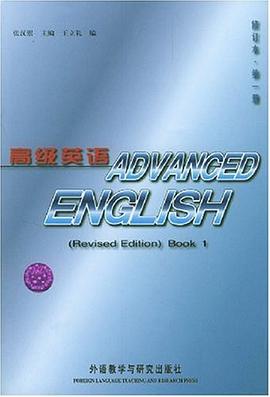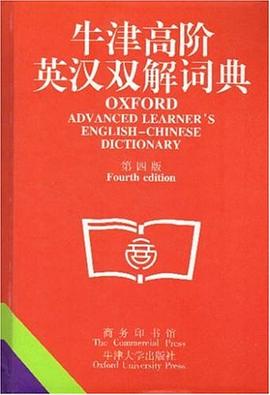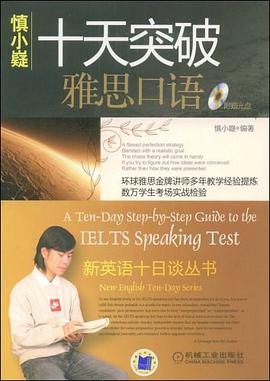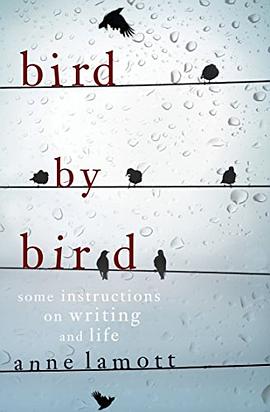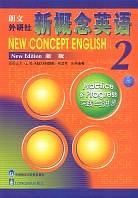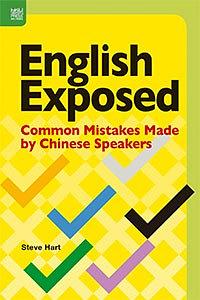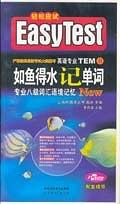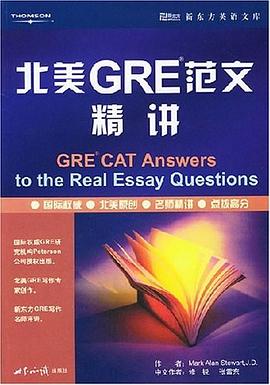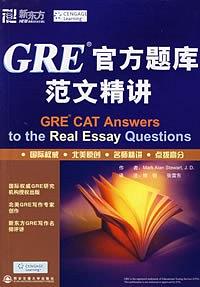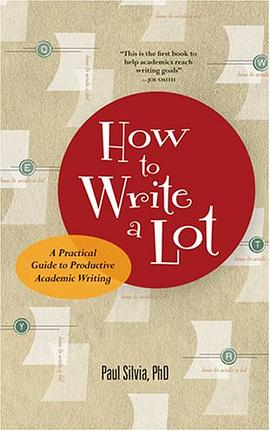

具体描述
成功写作入门(第10版),ISBN:9787301142509,作者:埃里克(Jean Wyrick) 著
作者简介
Jean Wynck,是美国科罗拉多州立大学(Colorado State University)的荣誉退休教授(Professor Emerita),曾任该校写作教研部主任11年之久。她有丰富的教学经验,在近30年的教学生涯中,主讲过本科英语写作课、培训过英语写作教师并担任多项写作研究项目的负责人。此外,她还著有“The Rinehart Reader”和“Discovering Ideas”等著作。她曾发表了二十多篇关于写作和美国文学方面的论文。目前她研究的主要内容包括19世纪晚期和20世纪初的美国小说、美国研究以及妇女研究。她出版的三本大学写作教材都曾多次再版。
目录信息
1 Prewriting
Getting Started (or Soup-Can Labels Can Be Fascinating)
Selecting a Subject
Finding Your Essay's Purpose and Focus
Pump-Primer Techniques
After You've Found Your Focus
Practicing What You’ve Learned
Discovering Your Audience
How to Identify Your Readers
Practicing What You've Learned
Assignment
Keeping a Journal (Talking to Yourself Does Help)
Chapter 1 Summary
2 The Thesis Statement
What Is a Thesis? What Does a "Working Thesis" Do?
Can a "Working Thesis" Change?
Guidelines for Writing a Good Thesis
Avoiding Common Errors in Thesis Statements
Practicing What You've Learned
Assignment
Using the Essay Map
Practicing What You've Learned
Assignment
Chapter 2 Summary
3e Topic Sentence 50
Focusing Your Topic Sentence
Placing Your Topic Sentence
Practicing What You've Learned
Assignment
Applying What You've Learned to Your Writing
Paragraph Development
Paragraph Length
Practicing What You've Learned
Assignment
Applying What You've Learned to Your Writing
Paragraph Unity
Practicing What You've Learned
Applying What You've Learned to Your Writing
Paragraph Coherence
Practicing What You're Learned
Paragraph Sequence
Transitions between Paragraphs
Applying What You've Learned to Your Writing
Chapter 3 Summary
4 Beginnings and Endings
How to Write a Good Lead-in
Avoiding Errors in Lead-ins
Practicing What You've learned
Assignment
How to Write a Good Concluding Paragraph
Avoiding Errors in Conclusions
Practicing What You're Learned
Assignment
How to Write a Good Title
Practicing What You've learned
Assignment
Applying What You've Learned to Your Writing
Chapter 4 Summary
5 Drafting and Revising: Creative Thinking, Critical Thinking
What Is Revision?
When Does Revision Occur?
Myths about Revision
Can I Learn to Improve My Revision Skills?
Preparing to Draft some Time-Saving Hints
Additional Suggestions for Writers with Word Processors
Writing Centers, Computer Labs, and Computer Classrooms
A Revision Process for Your Drafts
I. Revising for Purpose, Thesis, and Audience
II. Revising for Ideas and Evidence
Ⅲ. Revising for Organization
IV. Revising for Clarity and Style
V. Editing for Errors
VI. Proofreading
A Final Checklist for Your Essay
Practicing What You've Learned
Benefiting from Revision Workshops
Practicing You're Learned
Assignment
Some Last Advice: How to Play with Your Mental Blocks
Chapter 5 Summary
6 Effective Sentences
7 Word Logic
8 The Reading-Writing Connection
Part Two Purposes, Modes, and Strategies
9 Exposition
10 Argumentation
11 Description
12 Narration
13 Writing Essays Using Multiple Strategies
Part Three Special Assignments
14 Writing a Paper Using Research
15 Writing in Class: Exams and "Response" Essays
16 Writing about Literature
17 Writing about Visual Arts
18 Writing about Film
19 Writing in the World of Work
Part Four A Concise Handbook
20 Major Errors in Grammar
21 A Concise Guide to Punctuation
22 A Concise Guide to Mechanics
List of Artworks
List of Advertisements
· · · · · · (收起)
读后感
一直苦于英语写作如何下手(忽略四六级模板等等。。),国内其实也有基本写作类的书,包括很好的,只是有点晦涩,理论无敌多。这本书虽然是影印版,全英文,但是非常简单,入手容易,经典不愧是经典,不要被厚度吓到了,哈~
评分一直苦于英语写作如何下手(忽略四六级模板等等。。),国内其实也有基本写作类的书,包括很好的,只是有点晦涩,理论无敌多。这本书虽然是影印版,全英文,但是非常简单,入手容易,经典不愧是经典,不要被厚度吓到了,哈~
评分一本针对写作零基础的人的入门教材,编排有序,设计合理,练习也很棒,推荐大一新生阅读。 介绍了开头、主体、结尾的写法,分类型写作,结尾甚至还有详细的语法分析和标点符号的用法,从主谓一致等基础知识讲起,作为入门教材起点非常低。 个人认为最有用的部...
评分一本针对写作零基础的人的入门教材,编排有序,设计合理,练习也很棒,推荐大一新生阅读。 介绍了开头、主体、结尾的写法,分类型写作,结尾甚至还有详细的语法分析和标点符号的用法,从主谓一致等基础知识讲起,作为入门教材起点非常低。 个人认为最有用的部...
评分一直苦于英语写作如何下手(忽略四六级模板等等。。),国内其实也有基本写作类的书,包括很好的,只是有点晦涩,理论无敌多。这本书虽然是影印版,全英文,但是非常简单,入手容易,经典不愧是经典,不要被厚度吓到了,哈~
用户评价
非常好,工作这么多年,越来越发现写作的重要性
评分这是第十版,已经出到第十二版,值得通读。
评分中文导读里说这本书语调风趣,循循善诱,对所讲内容深入浅出,娓娓道来,我觉得一点都没夸大。书里的理论、范文和练习,无论对中文写作还是英文写作都很有用。
评分没有生单词,读起来很顺畅,希望练就一手纯在的地道的写作功底
评分新颖的组织形式,过渡自然的内容分布,Jean Wyrick自己就在践行书中的一些原则,比某些国内的速成写作的书籍好太多!
相关图书
本站所有内容均为互联网搜索引擎提供的公开搜索信息,本站不存储任何数据与内容,任何内容与数据均与本站无关,如有需要请联系相关搜索引擎包括但不限于百度,google,bing,sogou 等
© 2025 book.quotespace.org All Rights Reserved. 小美书屋 版权所有



